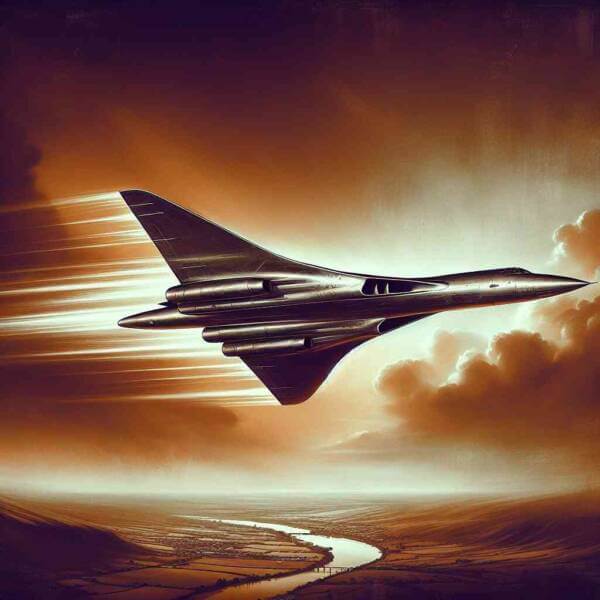
Military aviation is a critical pillar of modern defense strategies around the world.
Today, military aviation encompasses a wide range of technologies, from fighter jets and bombers to surveillance drones and transport planes.
How Military Aviation Began
As technology advanced, airplanes were adapted for combat, altering battlefield dynamics.
Important events in the evolution of military aviation:
- Development of air combat tactics
- Creation of long-range bombers and jets
- Rapid development of jet technology
- Rise of unmanned aerial vehicles (UAVs)
Each era brought new technologies that redefined military capabilities.
Different Roles of Military Planes
Military aviation includes a variety of aircraft, each designed for different roles.
Common categories of military aircraft are:
- Aircraft designed for air-to-air combat
- Planes that deliver heavy payloads
- Logistical support aircraft
- Reconnaissance and surveillance drones
Each type plays a critical function in military operations, from supporting ground forces.
The Strategic Value of Military Aviation
Controlling the skies gives forces the advantage.
How controlling the air impacts battles:
- Providing close air support
- Targeting infrastructure and logistics
- Early warning and real-time data
- Psychological impact on enemy forces
Nations with strong military aviation capabilities can control conflicts.
The Next Generation of Military Aircraft
Constant research and development push boundaries for future warfare.
Future technologies in military aviation:
- Low-visibility planes
- Missiles and aircraft traveling at speeds greater than Mach 5
- Unmanned aircraft operating independently
- Directed energy weapons
These advancements increase survivability for air forces worldwide.
Risks and Limitations
From high costs to geopolitical tensions, the road to air dominance is filled with hurdles.
Key challenges click here include:
- Budget constraints for defense programs
- Need for constant upgrades
- Cybersecurity threats
- New debates about AI in warfare
Addressing these challenges is crucial to staying ahead.
Future of Military Aviation
Nations will continue investing in next-generation aircraft to maintain strategic advantages.
Expected advancements:
- Autonomous mission planning
- Military satellites and space-based weapons
- Eco-friendly military aircraft
- Enhanced multinational cooperation
The next era of military aviation will shape the future of global security.
Conclusion
Its history, present achievements, and future possibilities demonstrate strategic importance.
As technology continues to evolve, the skies will remain a critical arena where military aviation safeguards freedoms.
The future of military aviation is full of potential — and it’s only just beginning.
Comments on “The Critical Role of Air Forces Worldwide”